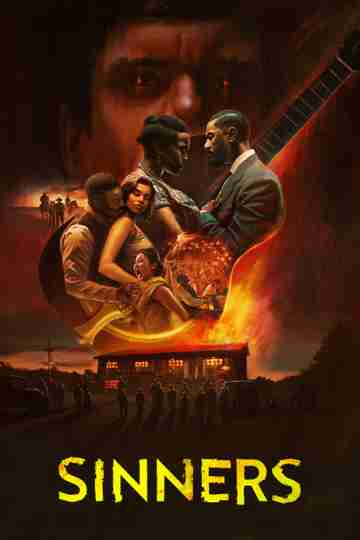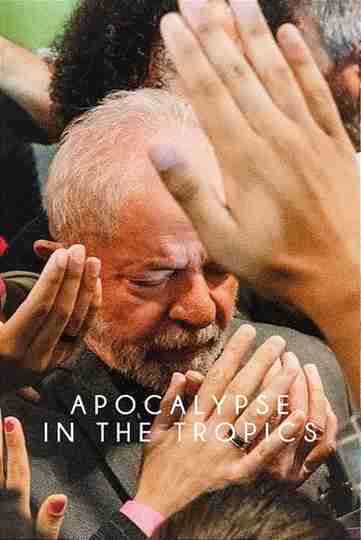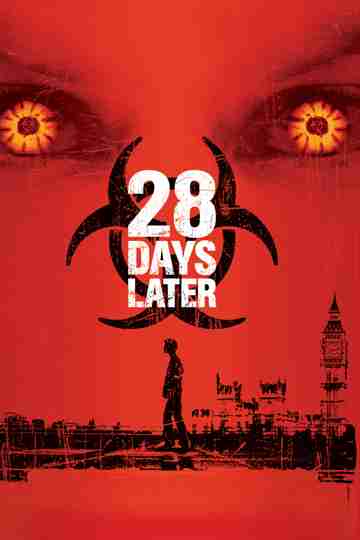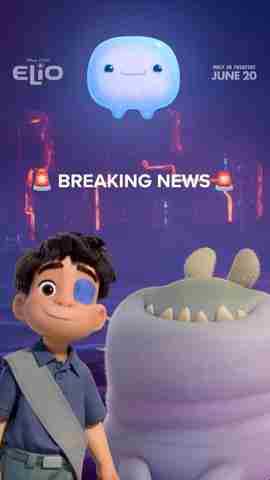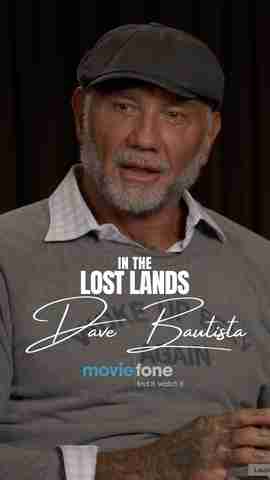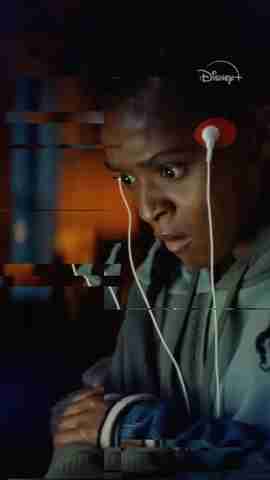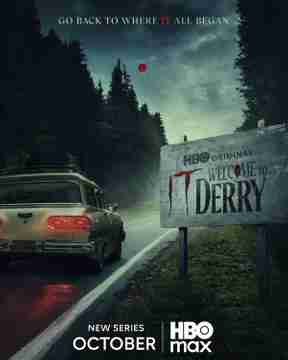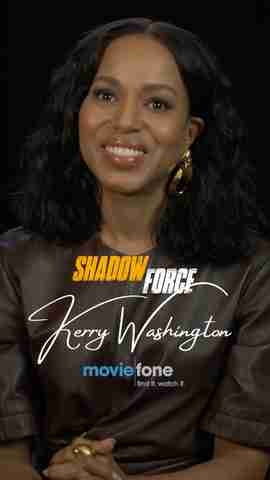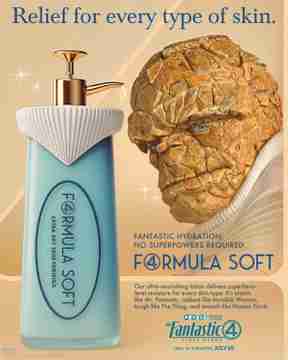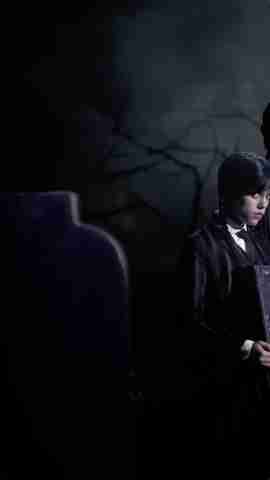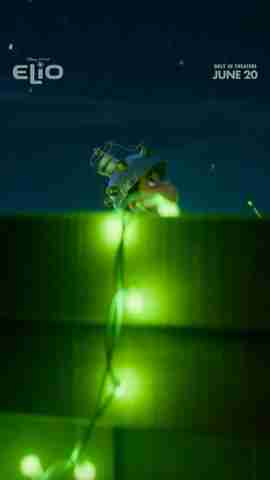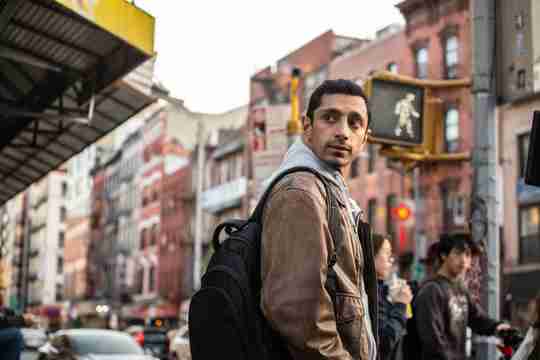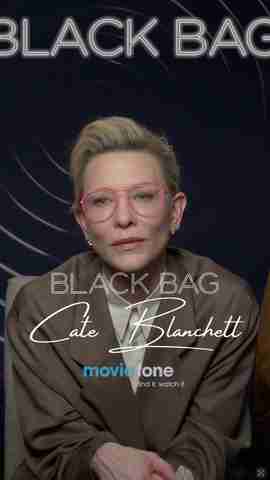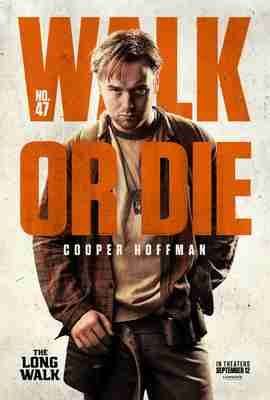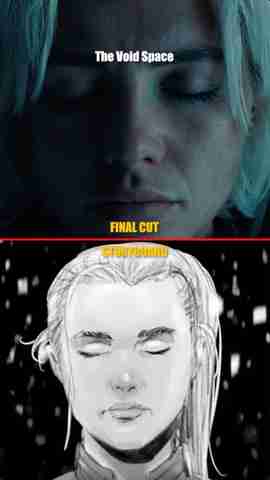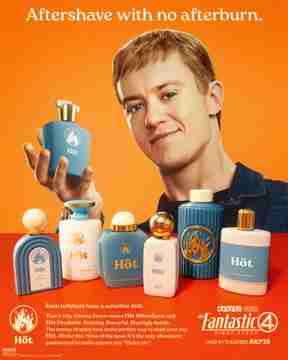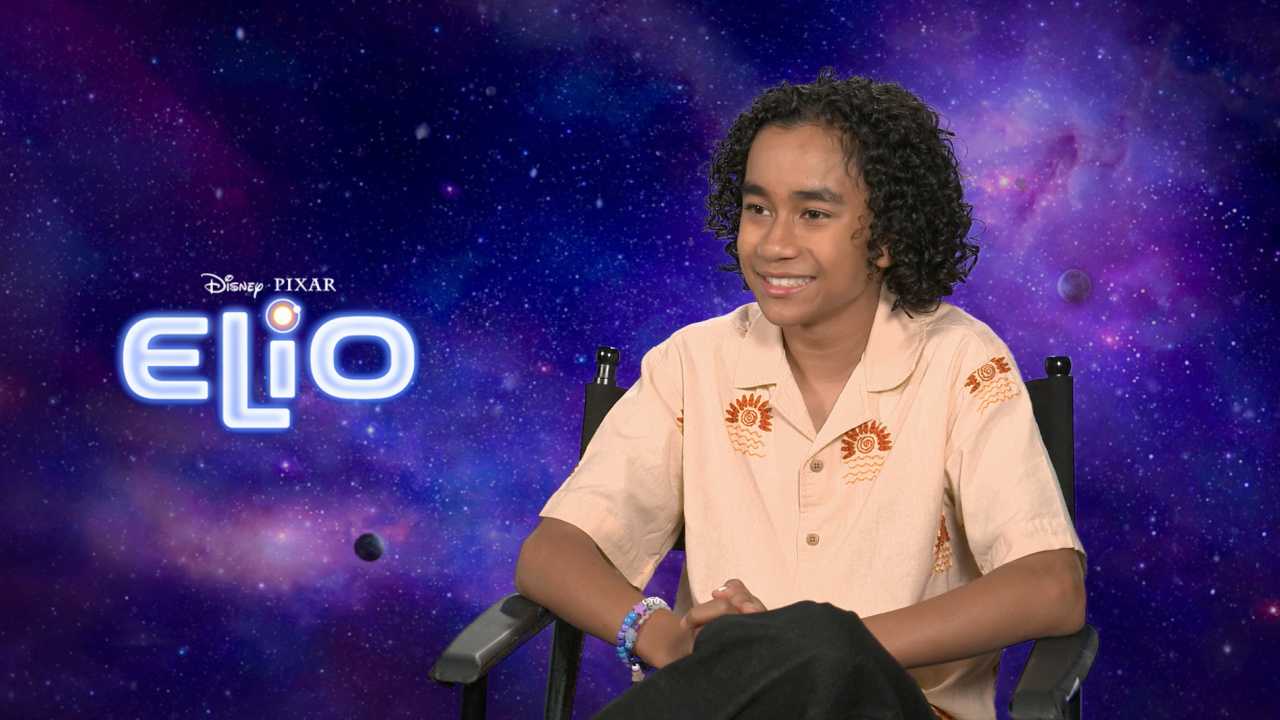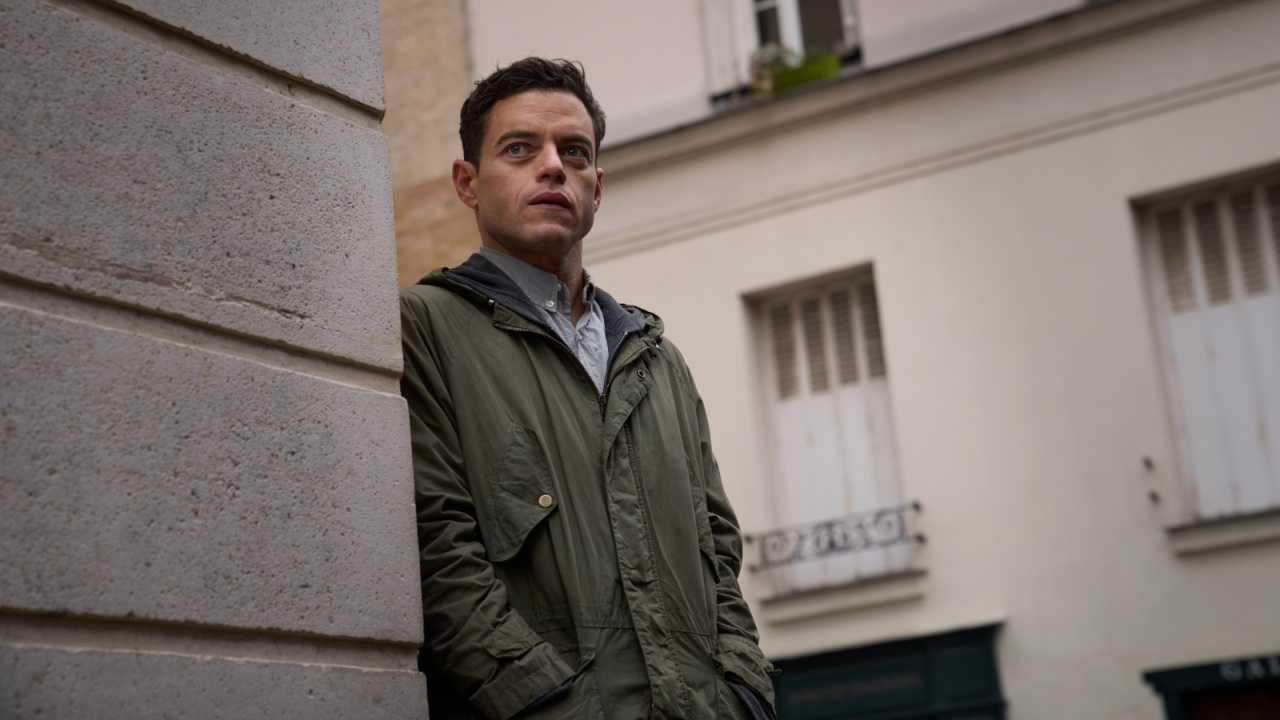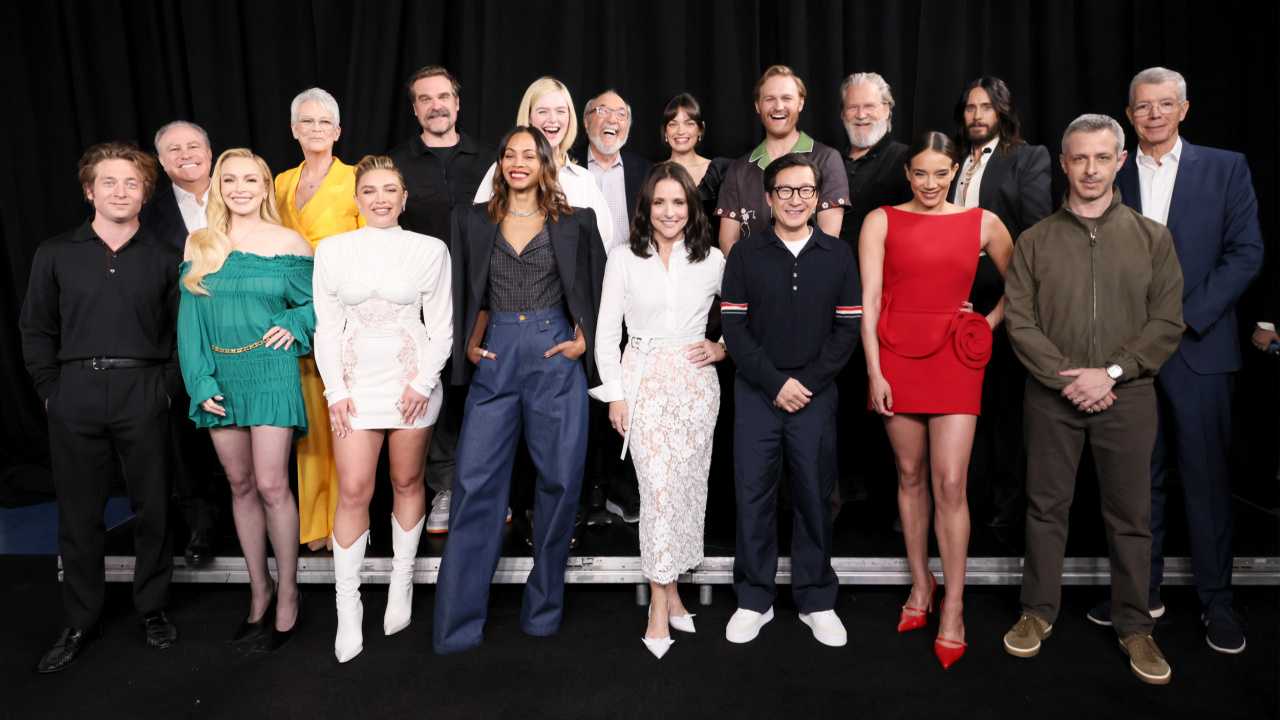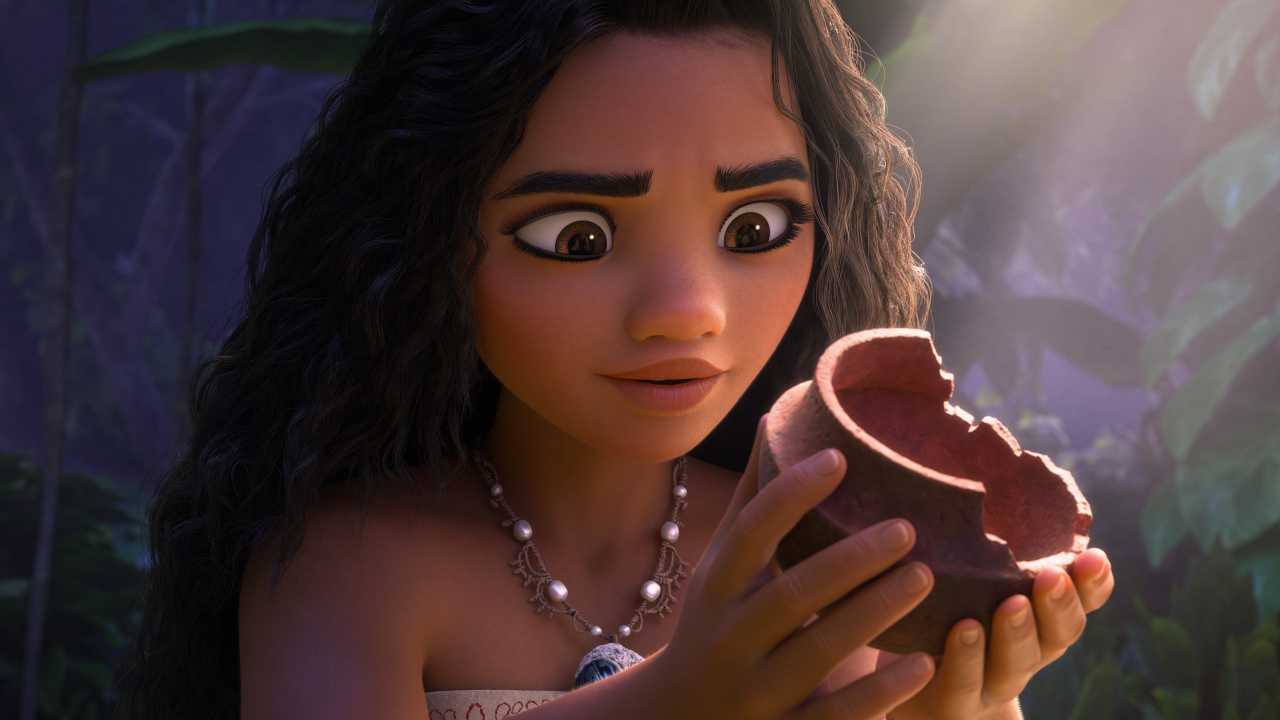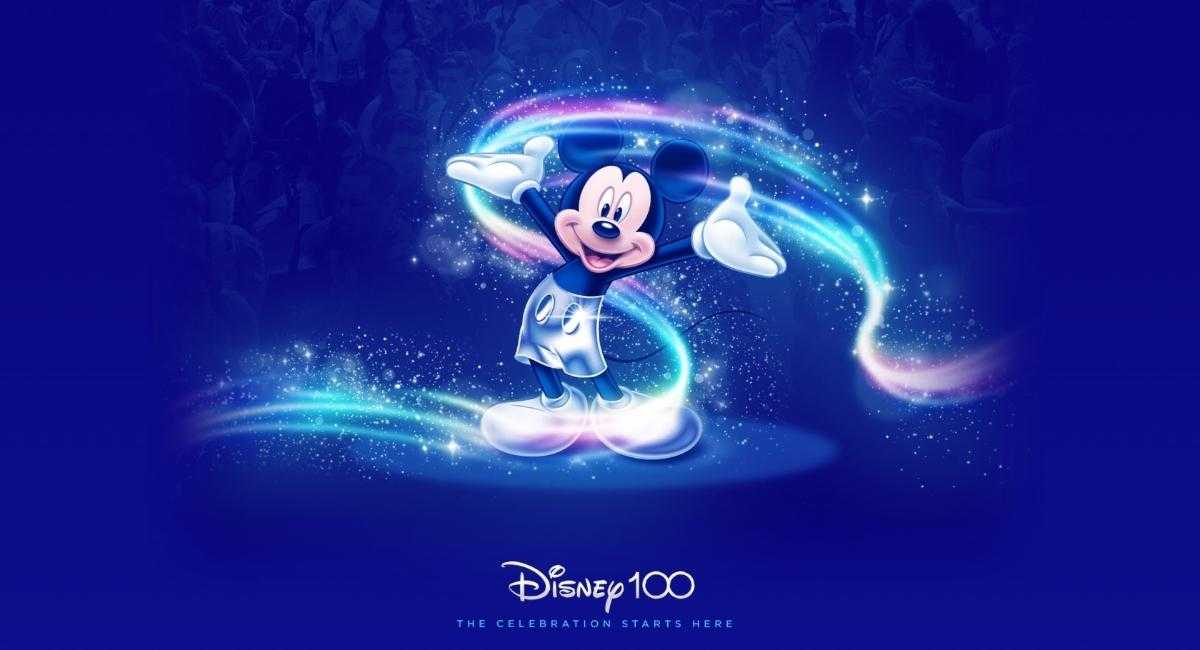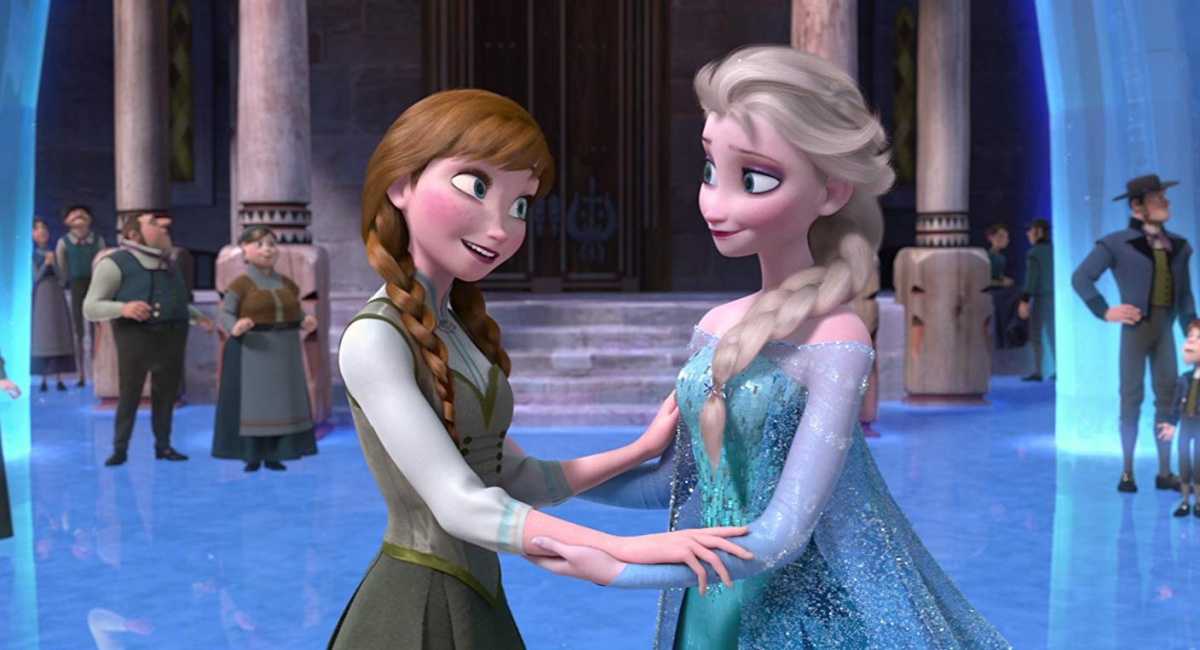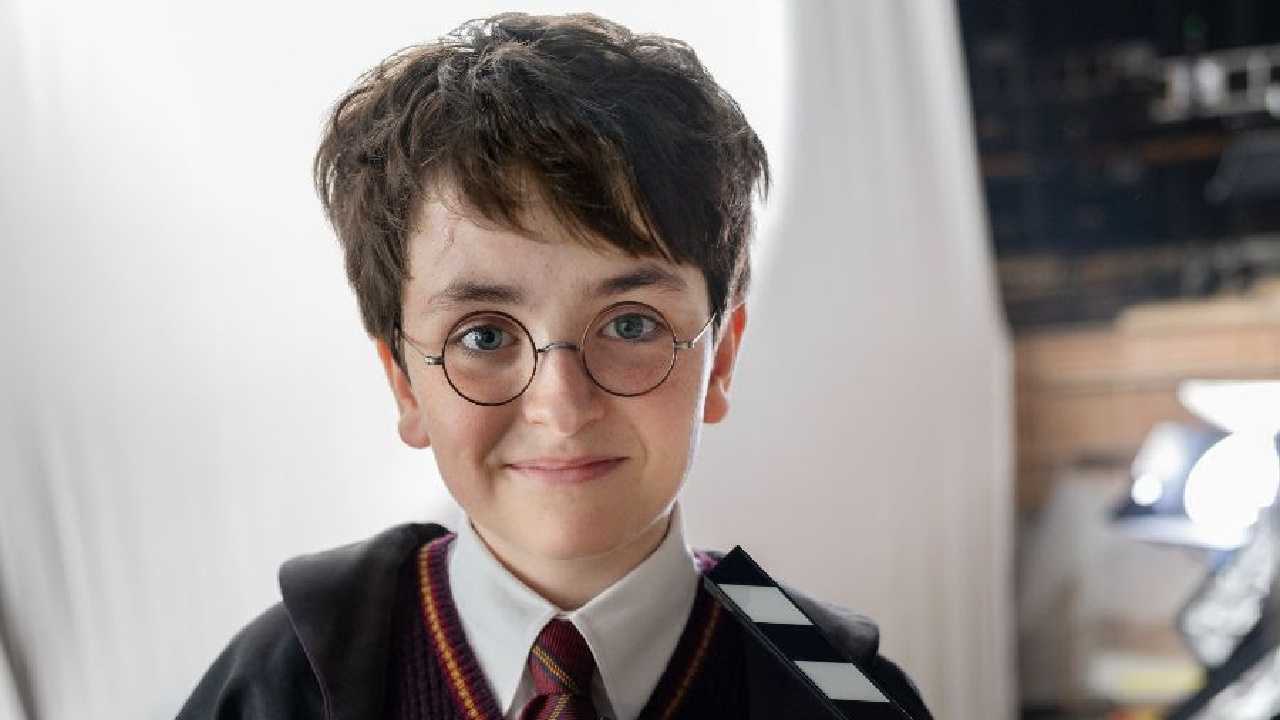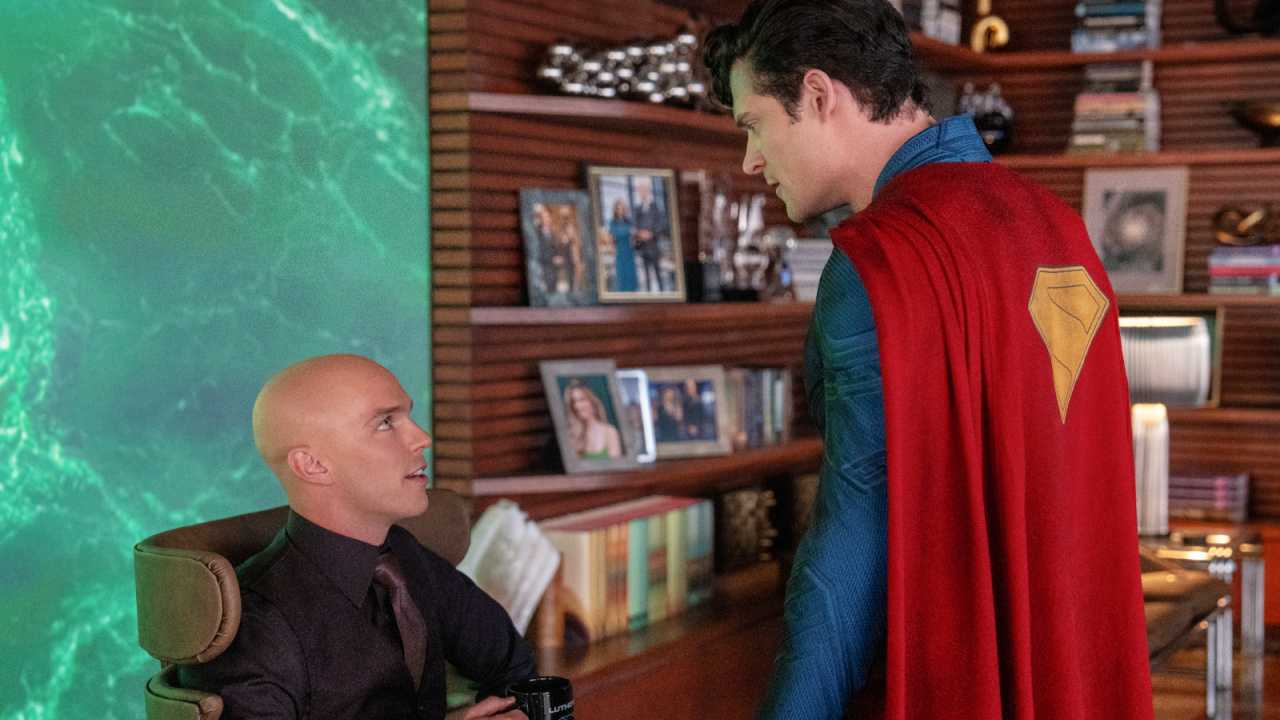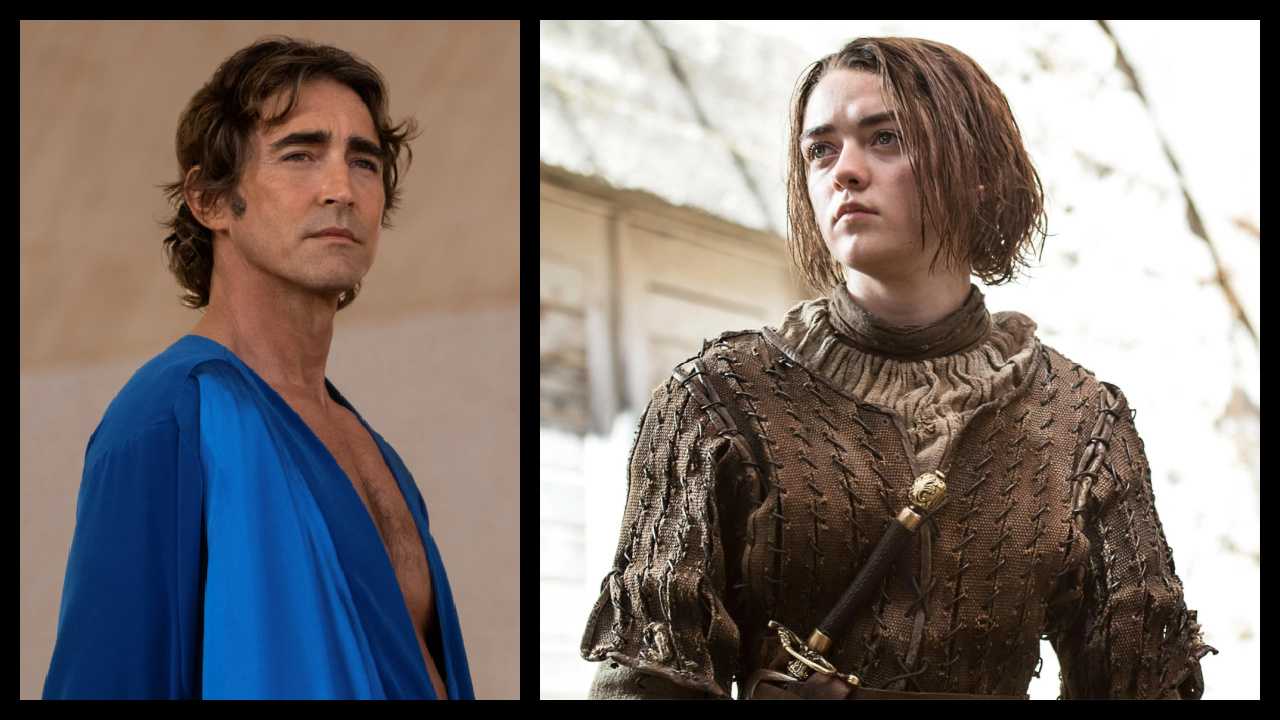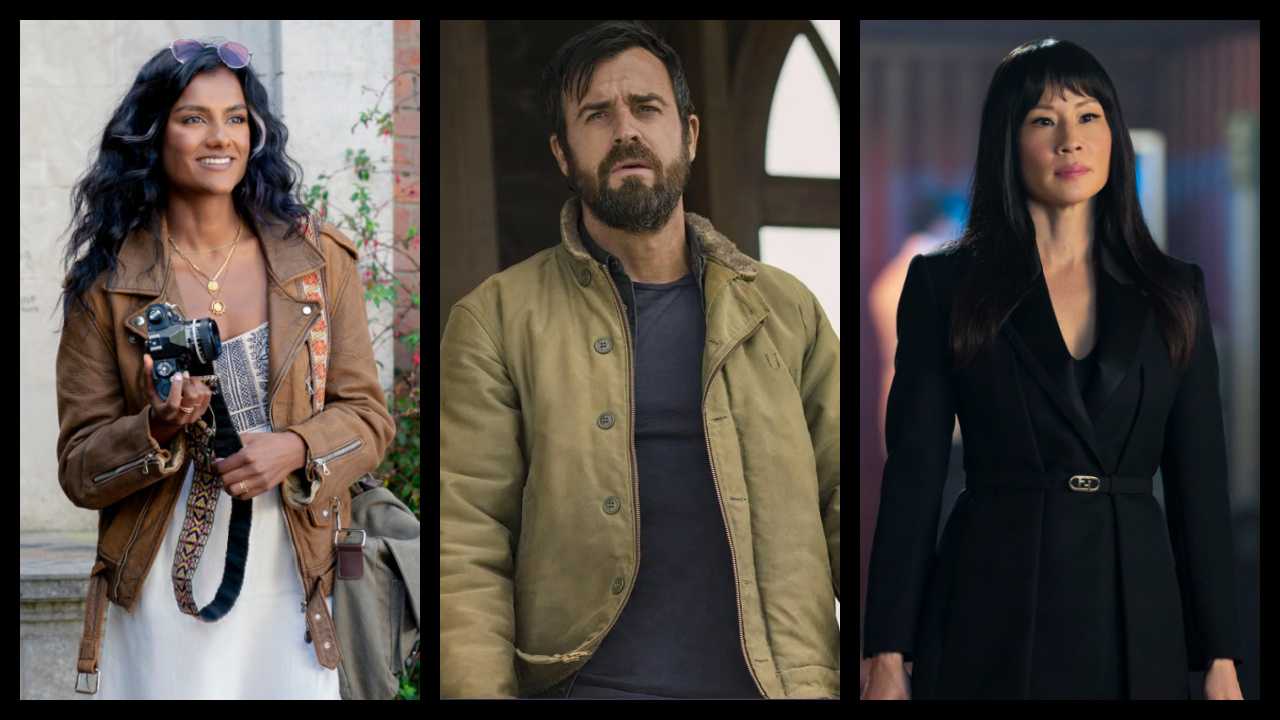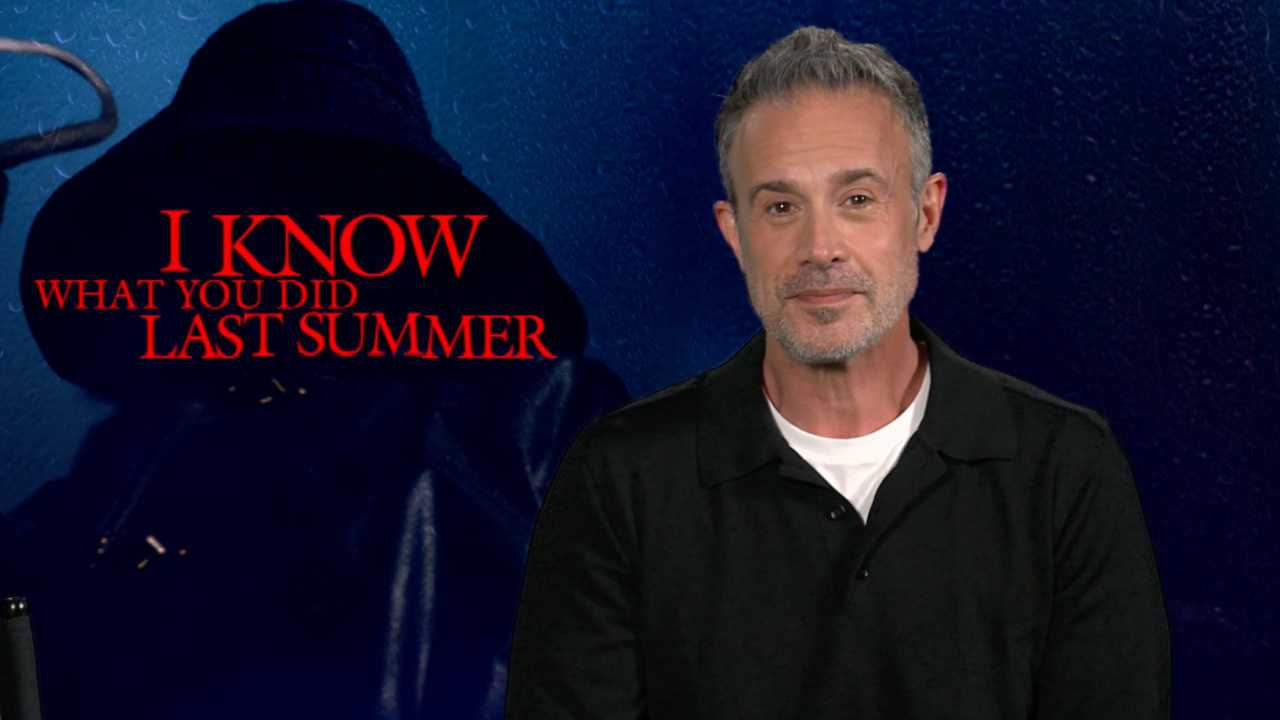We've Seen Disney's First Animated VR Short (And It Is Amazing)
Walt Disney Animation has consistently broken boundaries and pushed the envelope, both in terms of technology and storytelling. They were responsible for the first animated short with synced sound ("Steamboat Willie"), the first feature-length animated film ("Snow White and the Seven Dwarfs"), and the first animated feature completely inked by computer ("The Rescuers Down Under").
But as technology advances and storytelling becomes even more immersive and innovative, Disney Animation Studios has taken the unprecedented step of moving into an entirely new dimension -- virtual reality. Their first animated VR short, "Cycles," premiered at SIGGRAPH earlier in 2018 and recently screened as part of the New York Film Festival. (It will play at Unity’s developer conference next week, and the Infinity Film Fest in Beverly Hills on November 1 and 2.)
And we were lucky enough to be one of only a handful of people to have experienced it first hard.
First, a bit of background, as provided to me from "Cycles" director Jeff Gipson (who works at Disney Animation primarily as a lighting artist on films like "Zootopia," "Moana," and next month's "Ralph Breaks the Internet"): Gipson admits that they didn't really have a pipeline set up for how to make a VR short since, you know, nobody had done it yet.
"We all jumped in and figured it out along the way," he said. The story was inspired by several aspects of Gipson's life, including his previous career as an architect ("Where you're taught that every home has a story"), his off-time hobby of riding BMX bikes through empty swimming pools (he'd take photos of the abandoned houses where he rode), and his relationships with his grandparents ("I loved looking at them when they were young and in love, and she'd write 'Hubba Hubba' on the photo"). In fact, the main characters of the short, Bert and Rae, are named after his grandparents.
To experience the short, you put on the fairly sophisticated helmet rig -- which includes headphones that cover your ears -- and once the short starts, you're in a midcentury home on a sunny day. "Look towards the door when you want to start," Gipson instructed me. So I did. What follows is a truly emotional journey, as Rae prepares to leave her home after Bert's passing.
Then, through the magic of VR, we do a reverse time lapse, traveling backwards more than 50 years and pausing at important moments in the family's life. It's really beautiful and breathtaking; the VR element adds a level of immersive interaction and emotional connection that would have been impossible to capture if told in a traditional, "flat" style. (At one point, the couple dances by you and you want to join in.)
It's also breathtakingly deep, not just in the dimensionality of the physical space (since you really do feel like you're in the house) but in the level and detail of storytelling. After I took my helmet off (and, it should be noted, was holding back tears -- didn't know if they would short-circuit the device), Gipson told me there's a moment where you can see the couple's daughter climbing over a backyard fence. I didn't even notice that, mostly because there's just so much to take in. Most VR experiences that I've tried out, to date, have been interested in the visceral physical sensation of a place (you can smell the sulfur outside Darth Vader's castle, or whatever), but this is the first VR thing that is mostly interested in making you feel something emotionally.
And that, beyond all of the cutting-edge technology, made it feel like an evolutionary leap forward for the medium.
Afterwards, I asked Gipson why he needed to tell the story in VR. "I think the biggest piece of it was being in those homes I showed you and just thinking, 'Wow, what happened here?' I was imagining, in my head, going from the present moment, back to when the family first got there, and just seeing it happen around you. I thought it was a cool feeling and wondered, 'How do you share that?'"
The answer was VR. And it turned out to be the perfect medium, running smoothly at an astonishing 90 frames-per-second (as opposed to the 24-frames-per-second of something like "Ralph Breaks the Internet," which is animated at that speed) and making you caught up in the storytelling at the same time.
It's unclear how, exactly, people are going to get to see "Cycles," but there are a couple of different versions of the short being developed (another great plus about the technique is being able to quickly retrofit content for multiple platforms), including an AR version and an app-based version. And I wouldn't be surprised if, somehow, you're given the option to view the short before the new "Ralph Breaks the Internet"-inspired VR experience coming to The Void this fall. (Disney owns a controlling interest in The Void and has Void stations at Downtown Disney in California and Disney Springs in Florida.)
Somehow, very soon, more and more people will get to see "Cycles." And they need to. It's just so beautiful.

